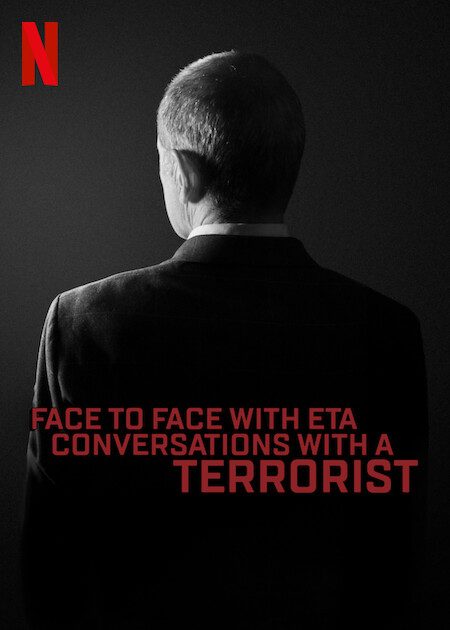“Face to Face with ETA: Conversations with a Terrorist” (2023) is not your average documentary. It’s a cinematic dive into the murky waters of political extremism, offering a rare glimpse into the mind of Josu Ternera, one of the most notorious leaders of the Basque separatist group ETA. Directed by Màrius Sánchez and Jordi Évole, the film takes the form of a lengthy, courageous interview between Ternera and Évole, a renowned Spanish journalist.
The setting is stark:
A sterile, white room devoid of distractions. This isolation intensifies the intimacy of the conversation, forcing Ternera to confront his past and the legacy of ETA’s violent campaign for independence. Évole, a skilled interrogator, navigates the delicate terrain with tenacity and compassion. He challenges Ternera’s justifications, prods at his justifications for violence, and demands accountability for the countless lives lost.
Origins and Objectives:
Ternera appears defiant and haunted, a man weathered by years of underground life and exile. While acknowledging ETA’s inflicted pain, he clings to a distorted history justifying violence as a necessary evil for self-determination. The film adeptly captures this internal conflict, revealing Ternera’s motivations and the complex interplay of ideology and personal demons that fueled his actions.
Unlike a mere rehash of terrorism discourse, “Face to Face” delves deeper into the societal fractures that birthed ETA, leaving enduring scars on the Basque region. Through archival footage and interviews with victims, survivors, and former members, the film creates a poignant tapestry of human experiences. This multifaceted approach enables viewers to grasp the conflict from Ternera’s justifications to the pain and resilience of those entangled in its crossfire.
Face to Face with the Abyss:
The film’s true strength lies in its refusal to provide easy answers. “Face to Face” is a portrait of moral ambiguity, where the lines between perpetrator and victim are blurred. It raises uncomfortable questions about the nature of violence, the pursuit of ideals, and the cost of achieving them.
However, the film doesn’t shy away from highlighting the human cost of ETA’s actions. Interviews with survivors are raw and emotional, reminding viewers of the devastating impact of violence on ordinary lives. This emotional counterpoint ensures that the film always retains sight of the human tragedy at the heart of the conflict.
Conclusion:
Ultimately, “Face to Face with ETA: Conversations with a Terrorist” is a powerful and unsettling film. It offers no easy answers but compels us to confront uncomfortable truths and engage in critical reflection. It showcases storytelling’s enduring power to illuminate history’s darkest corners and challenge our preconceptions about the world.
Additional Points:
The film’s title is both literal and metaphorical, highlighting the direct interaction between Évole and Ternera while suggesting a broader confrontation with the ideology and legacy of ETA.
Using archival footage and interviews adds depth and context to Ternera’s narrative, allowing viewers to form opinions about his claims.
The film skillfully uses cinematography and editing to build tension and intimacy, engaging viewers in the conversation.
“Face to Face with ETA” is a valuable contribution to the ongoing dialogue about terrorism, violence, and the pursuit of political ideals.
